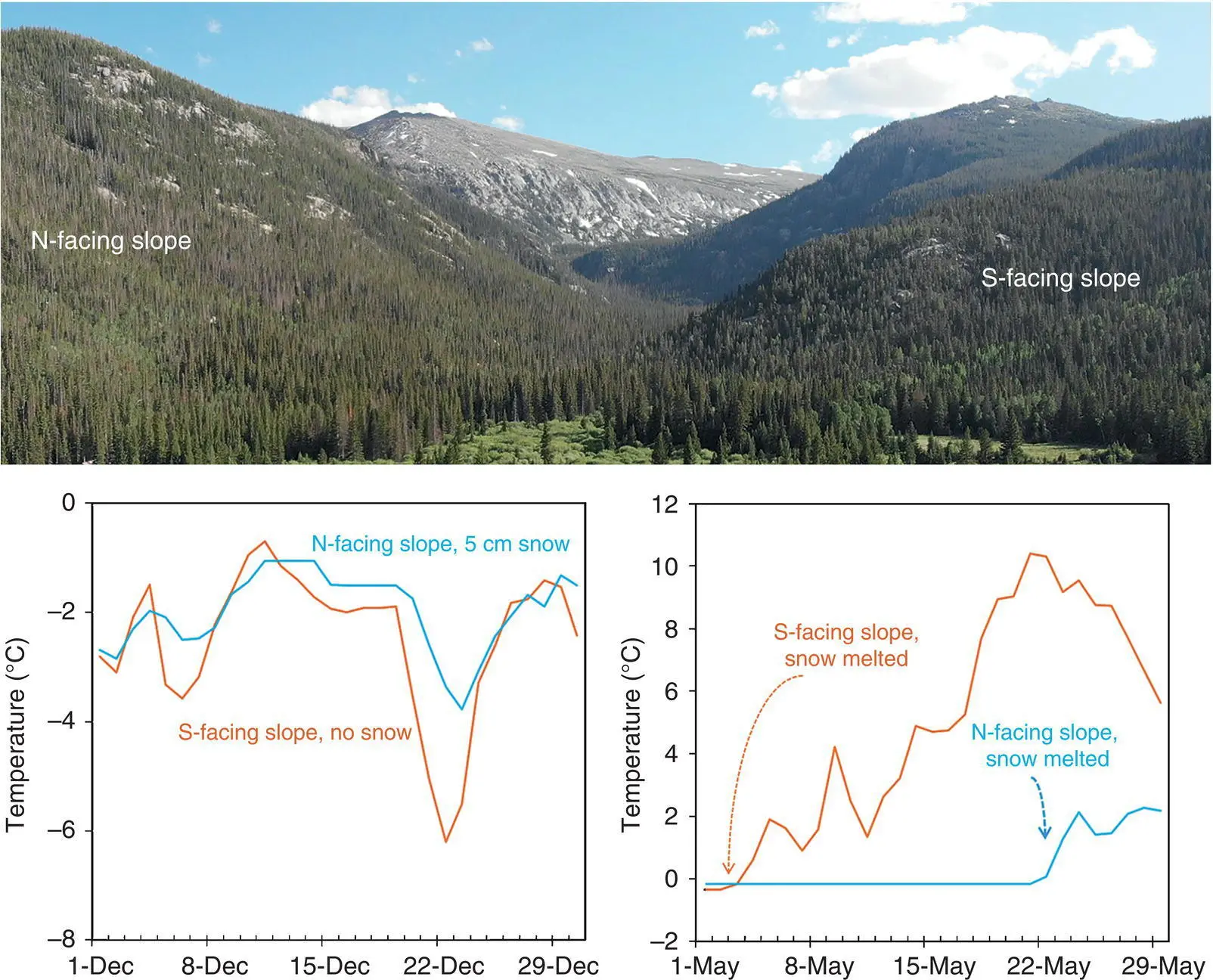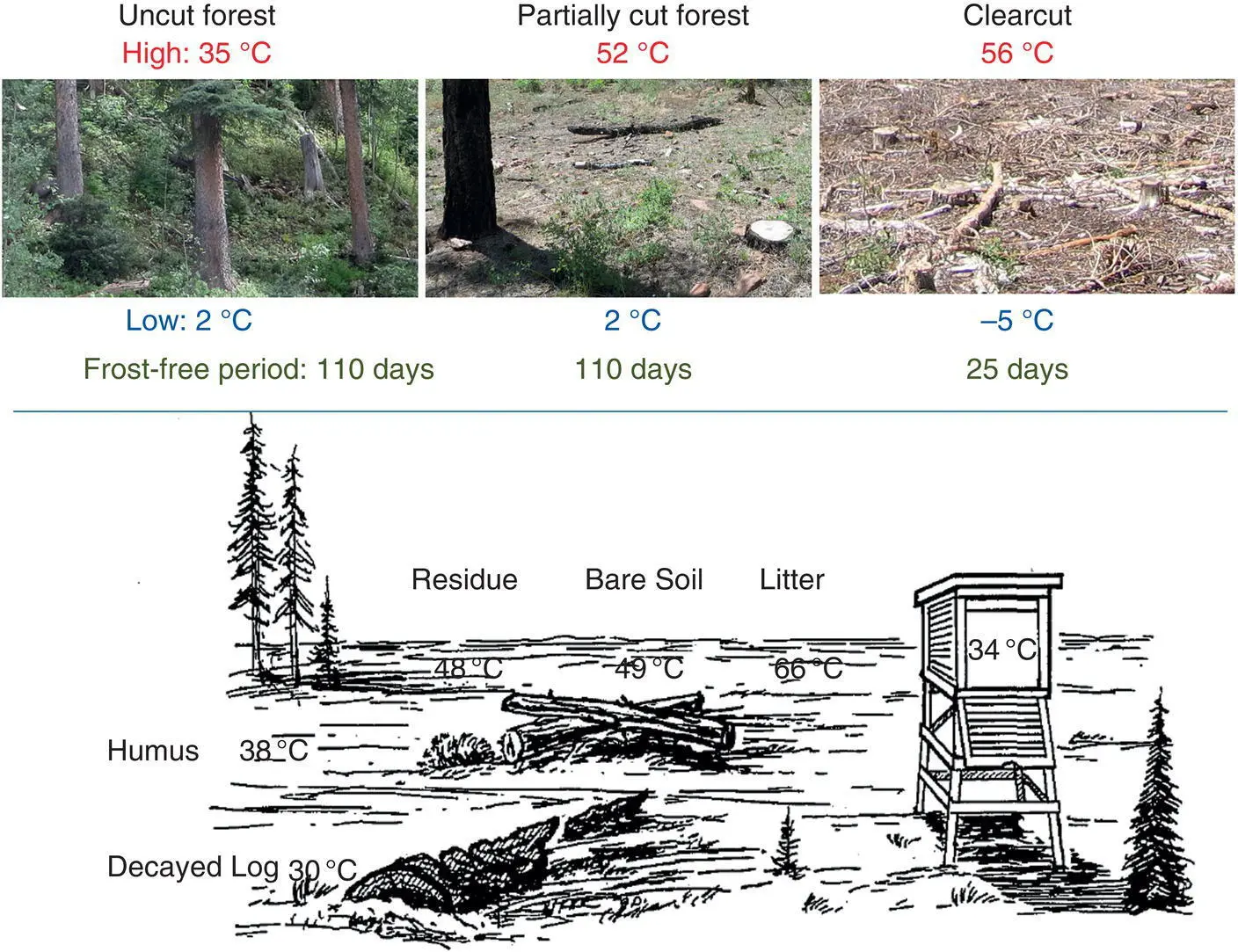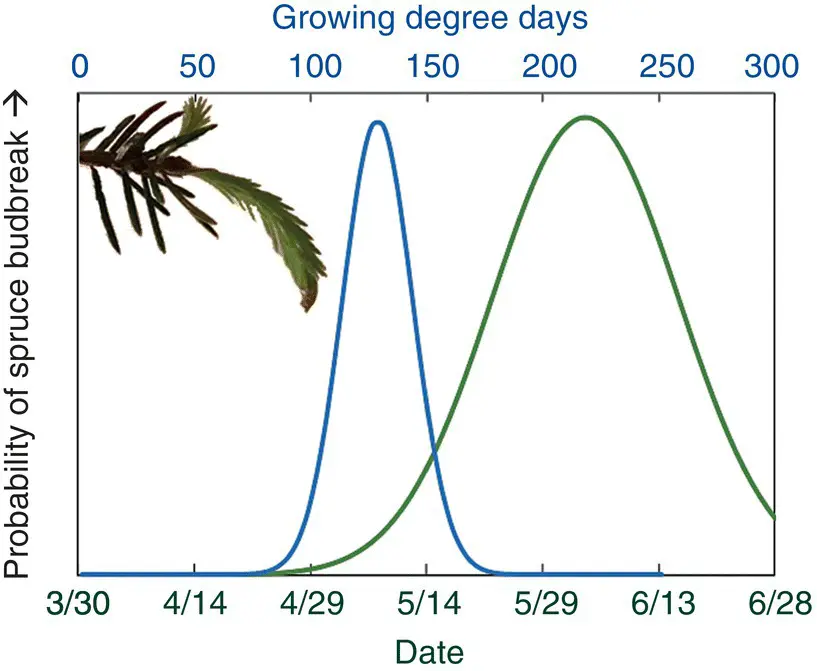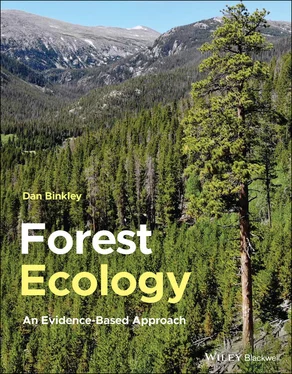Dan Binkley - Forest Ecology
Здесь есть возможность читать онлайн «Dan Binkley - Forest Ecology» — ознакомительный отрывок электронной книги совершенно бесплатно, а после прочтения отрывка купить полную версию. В некоторых случаях можно слушать аудио, скачать через торрент в формате fb2 и присутствует краткое содержание. Жанр: unrecognised, на английском языке. Описание произведения, (предисловие) а так же отзывы посетителей доступны на портале библиотеки ЛибКат.
- Название:Forest Ecology
- Автор:
- Жанр:
- Год:неизвестен
- ISBN:нет данных
- Рейтинг книги:5 / 5. Голосов: 1
-
Избранное:Добавить в избранное
- Отзывы:
-
Ваша оценка:
- 100
- 1
- 2
- 3
- 4
- 5
Forest Ecology: краткое содержание, описание и аннотация
Предлагаем к чтению аннотацию, описание, краткое содержание или предисловие (зависит от того, что написал сам автор книги «Forest Ecology»). Если вы не нашли необходимую информацию о книге — напишите в комментариях, мы постараемся отыскать её.
Forest Ecology
An Evidence-Based Approach Forest Ecology: An Evidence-Based Approach
Forest Ecology: An Evidence-Based Approach
Forest Ecology — читать онлайн ознакомительный отрывок
Ниже представлен текст книги, разбитый по страницам. Система сохранения места последней прочитанной страницы, позволяет с удобством читать онлайн бесплатно книгу «Forest Ecology», без необходимости каждый раз заново искать на чём Вы остановились. Поставьте закладку, и сможете в любой момент перейти на страницу, на которой закончили чтение.
Интервал:
Закладка:
Patterns that result from seasons, latitudes, and aspects are further modified by the structure and dynamics of forests. Fires can reduce the tree canopy, shifting the absorption of solar energy from leaves to soils. Forest harvesting similarly alters how radiation influences temperatures, and even how the convection of air influences temperatures at the soil surface. Harvesting a forest at high elevation in Montana, USA led to much hotter temperatures at the soil surface ( Figure 2.16). Perhaps more surprising is the effect on nighttime low temperatures. Without a forest canopy, a thin layer of very cold air may settle near the soil surface, with higher emissivity of the soil (compared to the air) accentuating cooling. The presence of tree crowns promotes more mixing of the air, limiting the ability of cold air to settle on the soil (Löfvenius 1993), and provides for a closer match in emissivity between soil and tree canopies (compared to soil and air). This is one reason that harvesting prescriptions may retain some live trees (green tree retention, or shelterwood designs).

FIGURE 2.15 The temperatures of the soil (10 cm below the O horizon) differed between north‐ and south‐facing aspects in this glacial valley in Colorado, USA (2750 m elevation), in part because of the effect of aspect on snow accumulation, retention, and time of melting.

FIGURE 2.16 Removing some or all of the tree canopy from a high‐elevation forest in Montana, USA (upper) resulted in much higher mid‐day temperatures at the soil surface on a day in August, and the clearcut site actually experienced nighttime lows below freezing. Just as temperatures change through a day (and year), they also differ over space. Patterns of temperatures within a clearcut site vary substantially with the soil surface materials, with very large implications for microsites where new plants might establish.
Source:Based on Hungerford 1980.
Large differences in temperature also occur among locations within a forest, especially after the tree canopy has been reduced or removed. An afternoon in the clearcut site in Montana had an air temperature of 34 °C, but temperatures of dry organic matter at the soil surface exceeded 50 °C ( Figure 2.15), hot enough to kill tree seedlings. Bare mineral soil was somewhat cooler, because mineral soil conducts energy deeper into the soil, reducing the peak temperatures at the surface. Decaying logs were the coolest, as water accumulated in the wood evaporated and consumed energy. These spatial patterns of temperatures of course vary through a day and across seasons, and they illustrate some of the detailed interactions that are always important in determining local temperatures.

FIGURE 2.17 Buds on spruce trees in northern Sweden burst open and expand new needles near June 3 each year, but warm springs may see budburst come in mid‐May, and cold springs may have budburst delayed till late June. The timing of budbreak is less variable when examined based on the accumulation of warm days; the average of 130 growing degree days (with a baseline temperature of 5 °C) shows relatively narrow variation across years.
Source:Based on Langvall et al. 2019.
Temperature Strongly Influences Phenology and Growth
Most forest organisms have distinct cycles through seasons and years. Plants germinate, grow, blossom, and produce seeds. Temperatures are fundamentally important in the timing of these aspects of physiology (called “phenology”). Buds on spruce trees in Sweden may withstand winter temperatures of −40 °C, and then buds break and new needles form in the spring. At a site in northern Sweden, the average date of budbreak is June 3 ( Figure 2.17), but budbreak may occur a couple weeks sooner in warm springs, and a couple weeks later in cold springs. Budbreak depends more on temperatures than on the days on a calendar, and a common way to gauge the overall warmth of a season is with growing degree days. The idea of growing degree days is that the biological response to several days of moderate temperatures might equal the response from only one or two days of high temperatures. The cumulative tally of warmth first requires a baseline temperature, such as 5 °C for an average daily temperature, which is considered too cold to lead to a biological response such as budbreak. The average daily temperatures that are higher than 5 °C contribute to the tally. Three days of 10 °C would add 15 (=3 × 5) growing degree days, and three days at 15 °C would add 30 growing degree days. The timing of budbreak of spruce trees in Sweden shows much less variation from year to year when examined in terms of the sum of growing degree days than when based on calendar days.
Cold temperatures slow the growth of plants, and many animals too (especially those whose body temperatures reflects surrounding environmental temperatures). Chemical reactions are slow in the cold, and cold locations have shorter growing seasons that also limit growth. It's easy to imagine that trees in a northern boreal forest would likely grow more slowly than trees in a temperate or tropical climate, but the effects of temperature are also large across smaller gradients. Tropical climates are generally warm throughout the year, but of course some locations are warmer than others. Across the Tropics, an increase of average annual temperature from 20 to 22 °C is associated with a 22% increase in wood production ( Figure 2.18; revisiting one of the studies used in the Preface to discuss statistics). This is a very sensitive response compared to differences in rainfall. For example, increasing rainfall from 500 mm yr −1(a dry tropical forest) to 2000 mm yr −1(a tropical rain forest) is associated with only a 14% increase in growth if temperatures are the same. The value of extra water for forest growth increases substantially, though, with increasing temperatures. This description of the pattern in Figure 2.18implies that because the trend in forest growth is associated with the amount of precipitation that the difference is driven by precipitation. In fact, correlation patterns should not be assumed to show cause and effect; and implication of a causal connection needs to be done carefully (as noted in the Preface). Is it possible that the soils differ substantially along with precipitation, and that soil differences are the actual causes of the pattern in growth? Or is it more likely that rainfall drives the pattern in growth?
The influence of temperature on forest growth may be even stronger on plantations where intensive silviculture reduces the influence of other factors that might limit growth, such as competing understory vegetation, low nutrient supplies, and genetics that do not optimize growth. Eucalyptus plantations in Brazil are managed on short rotations, and high rates of growth (trees may exceed 30 m height in six years) achieve forest volumes that would take decades in other regions ( Chapter 7).
Forests Use Very Large Amounts of Water
Earth's atmosphere contains vast amounts of water, so much in fact that water is the most important greenhouse gas that keeps the planet from freezing. The rates of precipitation and evaporation are equally huge, and the atmosphere contains only enough water to supply Earth with 10 days of rain. About 90% of the evaporation that refills the air comes from open bodies of water, and most of the rest comes from water released from the insides of plants (mostly trees).
Читать дальшеИнтервал:
Закладка:
Похожие книги на «Forest Ecology»
Представляем Вашему вниманию похожие книги на «Forest Ecology» списком для выбора. Мы отобрали схожую по названию и смыслу литературу в надежде предоставить читателям больше вариантов отыскать новые, интересные, ещё непрочитанные произведения.
Обсуждение, отзывы о книге «Forest Ecology» и просто собственные мнения читателей. Оставьте ваши комментарии, напишите, что Вы думаете о произведении, его смысле или главных героях. Укажите что конкретно понравилось, а что нет, и почему Вы так считаете.












